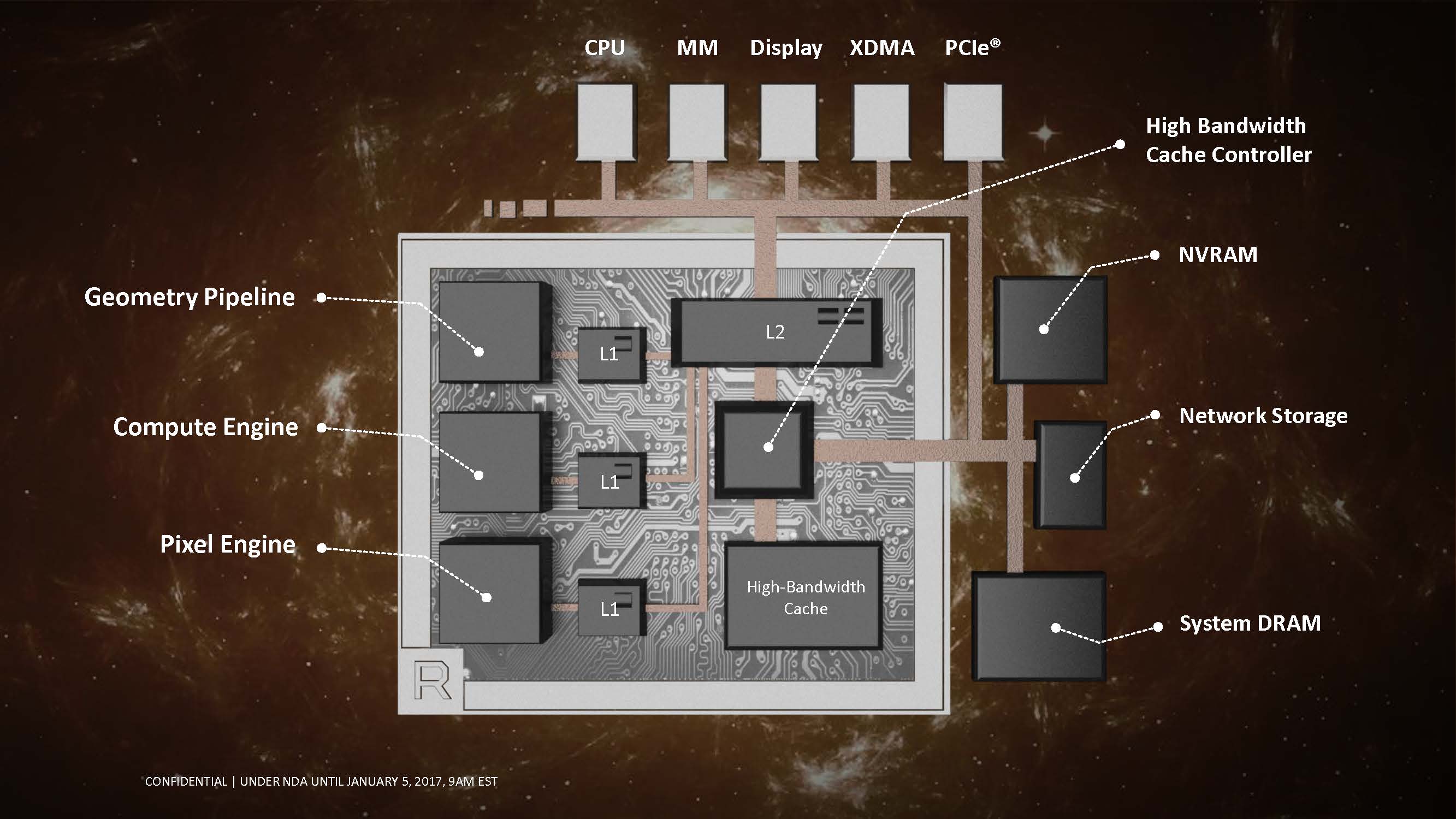Will they though? Game install sizes don't look like they're going to go up that much and these consoles have twice as much vram as last generation.
Look at Miles Morales. 40GB install. Let's say 80GB after decompression. You can get 20% of the entire game in vram at any given point. I don't see why under those circumstances you'd need to be streaming much from SSD at all, merely enough to keep the vram topped up as you traverse the map.
If you were streaming at the PS5's maximum speed you'd have used your entire game content in less 10 seconds. I expect actual in game streaming speeds to be far, far below the peak burst speed used as loading screens.
This is a really good point and I see it as a perfectly valid consideration. I just want to add some nuance to it, despite agreeing on a broader range.
Even if you have 16Gb RAM on next gen machines, you won't be filling that up to the brim with static assets brought from storage. Of course we never did that before, we need a place to store game state, physics/animation data, dinamuc lighting, framebuffers, volumetric data etc... But the thing is, once you know you can grab random assets from storage at a finger's snap and at fine granularity, engines might start using much more of those 16Gbs for the aformentioned dynamic stuff and the actual pool for static asset data might actually shrink to as low as 4Gb or less. So that will trade in more agressive constant streaming for more available RAM to be used for the actual cool shit.
Also, I can think of many scenarios where you are constantly cycling through repeated data without even noticing it.
Imagine SpiderMan, you are cruising through NY. In the game, there are four types of food stand (hypothetical here) Hot Dog, Burgers, Ice-cream and Boiled goose. As you cruise across town at speed, you may cross through nultiple dozens of those within a minute or so of gameplay, yet there is usually only one of those on view at full detail LOD. That means the game is streaming in, out, and in again the data for those carts dozens of times every few seconds. Something a game would never do past gen, but now becomes sensible.
Last edited:

